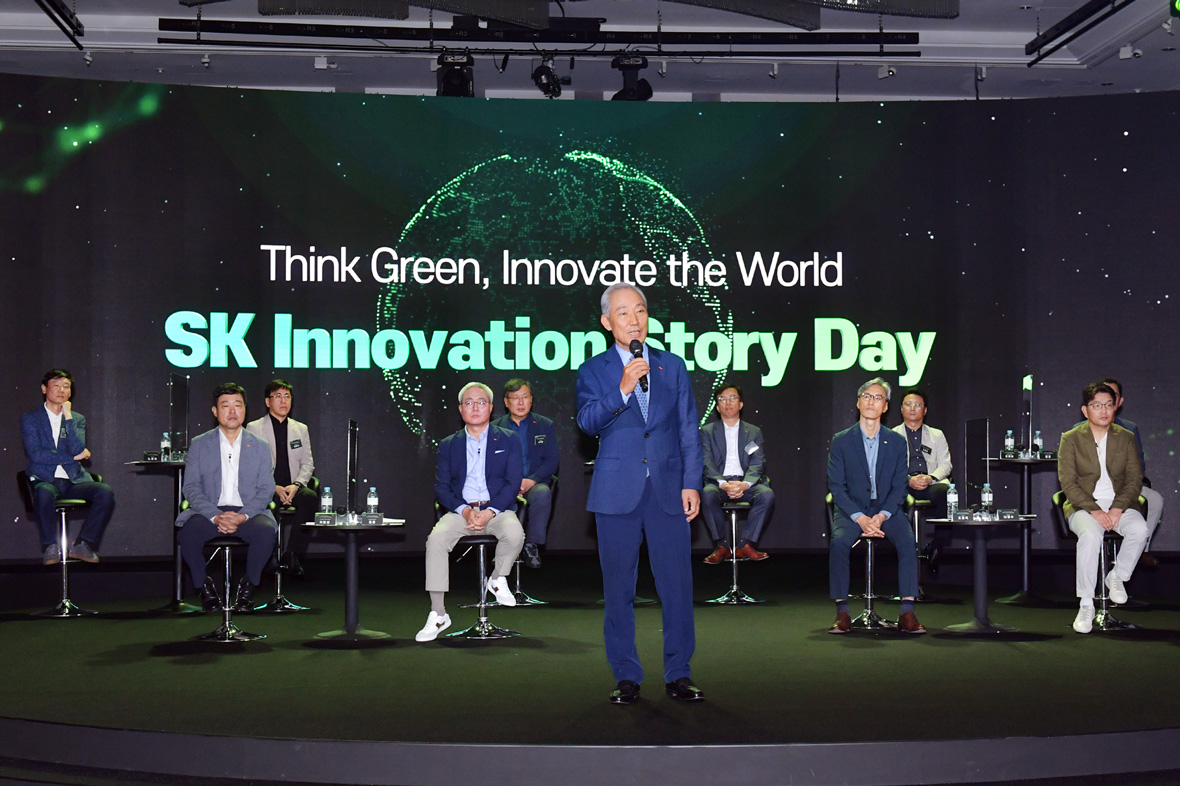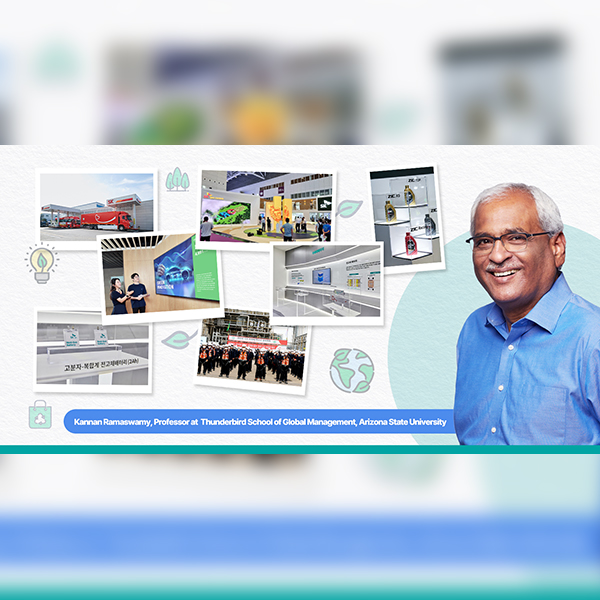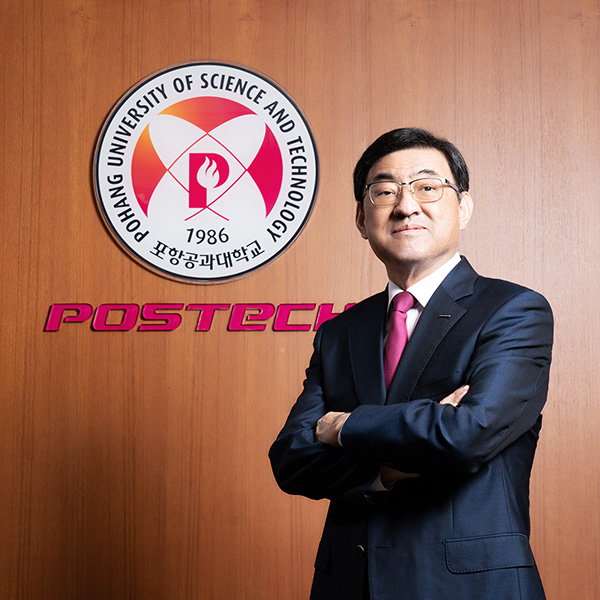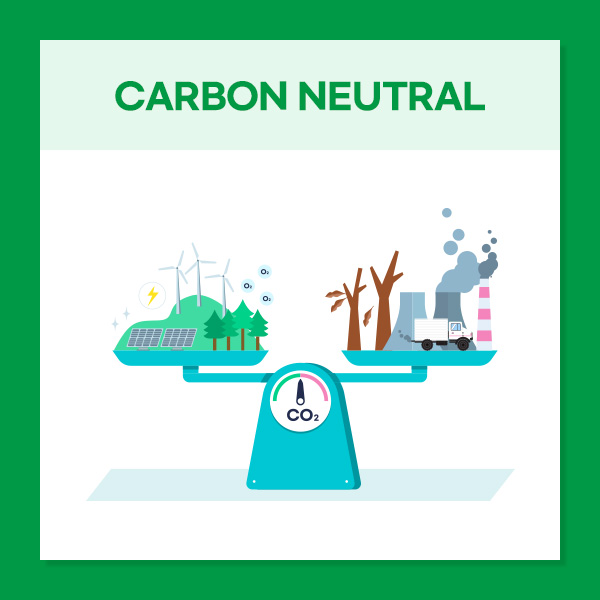 Expert Voices
Expert Voices
The challenge of global climate change has captured the world’s attention and has risen to become one of the most important sources of concern among CEOs of the largest global corporations. While some have pledged to rethink their own emissions and use of new technologies to reduce their carbon footprint and impact, others have been mulling over the nuances of timing and cadence of change. In the midst of such uncertainty, the SK Group is one of the few that has stepped up its commitment with a clear sense of purpose and clarity. When its Chairman, Tae-won Chey, unveiled the new aspirations of the group in 2021, he identified a target of 200 million tons of carbon reduction by 2030, roughly 1% of total global carbon reduction, and a target of 2050 by when the group would reach net zero. Although other CEOs have made similar promises, I believe that the SK Group enjoys some distinct sources of advantage that increase the probability of success of its Green Transformation strategy. These advantages span a wide spectrum ranging from clarity of strategy and purpose, a carefully crafted plan of execution that calls for a well thought out series of resource deployments in support of the strategy, a willingness to explore game changing technologies with an open mind through collaborative partnerships, and above all an entrepreneurial management team that has infused the company with a “can-do” attitude that makes a big difference. Many of the insights that I discuss below are undeniably informed by the prism of my own experience with the SK Group over two decades working with both mid-level managers as well as the senior level leaders of the company, and tempered by my experience advising top management teams of many of the largest petrochemical companies in the world as a professor of global strategy. Here is why I am persuaded to believe that the green transformation strategy has a very high potential for eventual success.
| Clarity of purpose and vision
As a famous baseball team manager once observed “If you don’t know where you are going, any road will take you there.” Organizations swept up in the wave of environmental change often fall prey to two notable pitfalls. First, they tend to minimize the gravity of the change and continue to ignore its consequences till such time it becomes too late to respond. The other is the lack of a coherent strategic response resulting in the suboptimal allocation of resources in support of an ill-defined strategy. SK Innovation, in contrast reflects a very high level of deliberate focus both in its Green Anchoring, and Green Transformation strategies that define its two-pronged approach to ESG (Environment, Social, and Governance) in general and net zero in particular. In my view, although green anchoring has received much of the attention given the contemporary nature of renewables and the battery business, it is in the green transformation prong of the strategy where SK’s intent to transform its legacy business can be discerned. It is in the execution of lasting institutional change in a legacy business that an organization’s mettle is truly tested.

▲ CEO of SK Innovation Jun Kim explained the Carbon to Green strategy at SK Innovation Story Day event held in Seoul, South Korea on July 1, 2021.
The green transformation strategy acknowledges two fundamental realities very clearly. First, the transition away from fossil fuels is inevitable. Second, the world will continue to require fossil fuels for a considerable period of time before the transition to renewable forms of energy can become a reality across the globe. These seemingly apparent realities have however been interpreted quite differently even among the leading oil and gas companies worldwide. In a recent study that I co-authored with some of my academic peers, we reported that a preponderance of firms in the industry could be classified as either spectators or cautious defenders*. These firms had decided, at least for the time being, that they would persist with their fossil fuels investments and leave the transition for another era, or they would make token investments perhaps to assuage investor concerns at least temporarily. Some large players have chosen to dispose of parts of their refining assets although such disposals have no tangible impact on addressing climate change because merely changing owners does not make the problem disappear. All it does is it attempts to put a shine on a company’s portfolio and temporarily relieves it from facing up to pressures from ESG activists. Change that is likely to become institutionalized, is born from strength and not weakness. It is precisely the combination of astute foresight about the realities of the business combined with the ability to look beyond mere ESG concerns that I see in SK Innovation’s green transformation. It takes responsibility for addressing systemic changes that can contribute to lasting solutions to the climate crisis and in doing so, is attempting to leverage the threat of obsolescence into an opportunity for growth. As Seth Godin, author and entrepreneur said “Change is not a threat, it’s an opportunity. Survival is not the goal, transformative success is.”**
(*)Hartmann, J., Inkpen, A., and Ramaswamy, K. 2022. The oil and gas industry: Finding the right stance in the energy transition sweepstakes. Journal of Business Strategy, 34(1) 17-27.
(**)Godin, Seth. 2012. Survival is not enough: Shift happens. Simon & Schuster. p.12.
SK Innovation’s green transformation strategy originates in its deep conviction that evolving from ‘Carbon to Green’ is the path of progress that is consistent with the mission and aspirations of the company.
The appeal of this strategy lies in its simplicity. Jun Kim, the Vice Chairman and CEO of SK Innovation has declared “we will become a green energy and green materials company through carbon to green innovation.” The message is clear and the direction self-evident. Not only does his articulation of the green transformation strategy dovetail with chairman Tae-won Chey’s vision, it clearly specifies the “what?” and the “why?” components that are crucial to the success of any strategy. SK Innovation’s strategy reflects the classic principle of “look forward and reason back”, the notion that one ought to look at the end of the problem or challenge and then reason back to identify the path that would be optimal in addressing the challenge. Specifically, after having looked forward and concluded that climate change concerns will continue to radically reshape the petrochemicals business in the near future, SK Innovation has reasoned back to define a sequence of steps along with a specific timeline that it will undertake to ensure that it actively prepares for the changing landscape that it expects to confront. Very few peers are following the bold direction that SK Innovation has chalked out. Based on our study, global leaders such as Neste Oy, Valero Energy, Total, Equinor, Idemitsu, and Enbridge are among the few that had well defined transition strategies similar to SK Innovation. Particularly remarkable is the fact that SK Innovation has committed itself to reducing Scope 1, 2, and 3 emissions, something that few Asian companies are pursuing thus far. In contrast to vague pledges of being responsible organizations and offering a set of amorphous goals, SK Innovation has painted a clear picture of the future it believes will unfold. This underscores the “looking forward and reasoning back” principle that often proves elusive to CEOs.
| A well-reasoned plan of execution
When SK Innovation unveiled its plan for the green transformation strategy, it addressed all the distinct areas of the value chain that cut across carbon reduction opportunities that were more immediate, to others that were more medium to long term. Reflecting the principle of reasoning back, the plan called for incremental changes in some areas where the organization felt small changes could drive substantial carbon reduction outcomes, along with other more radical plans calling for piloting new technologies. The resource deployment shows that plans are underway to leverage carbon capture, utilization, and storage (CCUS) at the exploration and production end while testing multiple alternatives such as pyrolysis and depolymerization at the downstream and chemicals end of the value chain, in addition to a range of actions in refining and marketing such as using renewable feedstock, introducing net zero crude, and deployment of the Energy Super Station that uses renewable energy. Many of the constituent actions such as improving operating efficiency, limiting the use of high emissions facilities, and relying more on electricity generated from renewable sources have already been underway for a year now and have resulted in the reduction of carbon emissions. Actions such as heat source recovery and upcycling, reducing water waste, and using renewable feedstock are all well within the domain of capabilities that the company already possesses and therefore within grasp. In areas where the company does not have the requisite expertise readily available, it has concluded collaboration agreements with leading providers to address gaps.
The willingness to partner in game changing technologies does not typically emerge easily at large peer companies in the petrochemicals business. Often bogged down by the nuances involved in writing complex licensing contracts combined with a “not-invented-here” syndrome many of the oil and gas companies have struggled to build lasting partnerships that entail knowledge sharing especially in core areas of their business. SK Innovation on the other hand has acknowledged the need for expertise in areas such as pyrolysis and depolymerization and has secured agreements with leading providers such as PureCycle and Loop Industries to build pilot plants for testing these technologies. Collectively, these actions represent a win for both partners because it represents an opportunity to both test new technologies and also allow both partners to gain deeper knowledge about the development of the core technologies that are involved. While these investments target a radical transformation of the underlying refining and by-products businesses, the company is also focused on generating new opportunities that will deliver results for tomorrow. For example, plans to build upon its leadership position in base oils to develop a Cooling Fluid that will help cool datacenters, is one small piece of the growth puzzle that is falling into place. The company has many more up its sleeve, a slew of seemingly small innovations that have the potential to transform the business as a collective.
| The intangible advantage of culture and management systems
The impact of the senior leadership team on the potential success or failure of major transformations can hardly be overemphasized. I believe this is SK’s secret sauce, an area that it excels. Its vaunted SKMS, best characterized as the process manual for the way the organization thinks and works, is one that has withstood the test of time. It embodies core values such as the importance of employee alignment, continuous innovation, and caring for the environment. A refreshing wave of change that has brought a relatively younger crop of seasoned leadership at the top, a diverse team of leaders who represent both the technical skills as well as the business acumen needed for success, greater levels of managerial autonomy, and a more approachable leadership style, have all coalesced to define the beginnings of a new culture at SK Innovation. The emerging culture is one that befits the societal landscape of tomorrow populated by millennials and Gen Z employees. The sense of urgency is palpable in the manner in which the company has moved into execution phase. Although meaningful change and measurable performance outcomes are likely to appear only in the medium to long term, the budding shoots are already visible. Large scale transformations such as the one that SK Innovation is attempting, normally take multiple years to bear fruit. In my opinion, the strategy appears sound, well-resourced, and stewarded by a company that has a legacy of strong capabilities.
The company has made important changes to its governance structure to provide the board with more direct control and oversight of the formulation and execution of the green transformation strategy. For example, it has constituted a board-level ESG committee that is responsible for stewardship of the three components of sustainable growth namely environmental, social, and governance dimensions. This not only signals the elevation of ESG as a central pillar in the transformation process but also clearly links it to CEO performance evaluation as well. These changes, in my view, complement and accentuate the historical roots of SK Groups success namely its central philosophy of caring for environment and society in a responsible manner while at the same time ensuring that it meets the goals of its investors as well.

▲ SK Innovation Chairman of the Board Jong-hoon Kim presented governance improvements to strengthen board-oriented management at SK Innovation Story Day event held in Seoul, South Korea, on July 1, 2021.
| The challenges ahead
Despite the array of advantages discussed above, one must conclude that even the best of arguments cannot trump evidence of positive performance outcomes. While in this case, large scale transformations do indeed take time and require investor patience to bear fruit, a series of short-term wins, when delivered would seem critical in helping SK Innovation maintain the momentum for change both internally as well as assure shareholders that it is progressing at a cadence that is consistent with its promises. There will be naysayers, as evidenced in a BBC interview with Tae-won Chey where he was asked if the green anchoring and transformation strategies could be seen as greenwashing.
The unfortunate history of broken promises by some of the world’s largest oil and gas companies makes such questions predictable. However, Tae-won Chey’s answer reflected the reality more clearly. He essentially retorted that even fossil fuel companies can change and that the results will be the evidence of their commitment. I believe that SK Innovation’s transformation journey thus far clearly underscores that sentiment. Contrary to accusations of greenwashing that has plagued other oil and gas companies in the past, SK seems to have embarked on clearly visible, deep and lasting changes that suggest that it is addressing the concerns of climate change in a more fundamental manner compared to some of its peers.
In my experience, I can aver that I have not seen the level of transparency in sharing plans, timelines, performance progress and resulting outcomes that SK Innovation embraces today. These are critical steps that will hopefully put to rest any suspicions of greenwashing. SK Innovation has its path laid out ahead and has to persevere along the path to ensure that these criticisms are silenced through positive performance actions. The road ahead will not be easy because the results of innovation are not fully predictable. The deployment of game changing technologies is likely to be fraught with additional challenges both technical as well as economic. SK Innovation has taken very important steps in discussing its strategies in a clear and transparent manner, guided by an astute management team that is technically qualified and capable. It is only fitting that on the eve of the 60th anniversary of its founding, SK Innovation stands at the crossroads of change, having firmly committed to a path that when realized can secure its future for many more decades to come. Now, it is time to deliver results.











 Youtube
Youtube Facebook
Facebook Instagram
Instagram Linkedin
Linkedin






















